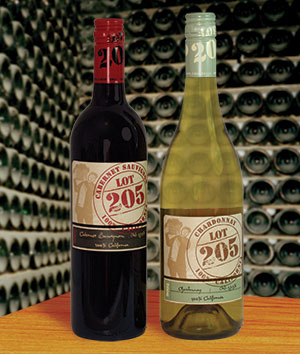
Secret Agent, Man
Lot 205 is the undercover label of the well-regarded Cartlidge and Browne winery. Although they acknowledge their Rabid, Manzanita Canyon, and Stratford sub-brands, Lot 205 is their secret agent, for reasons known only to them (the price points of all of these labels are approximately the same).
The name is taken from C&B’s former street address in American Canyon at the southern end of Napa Valley. The fruit, however, is sourced from growers throughout California.
Winemaker Paul Moser leans toward the French style, with an emphasis on the correct expression of the grape variety; the predominance of fruit over oak; making the wines dry and food-friendly; keeping the alcohol levels in check; and offering good value in table wines meant for everyday consumption.
Lot 205 Cabernet Sauvignon 2006
This wine is primarily Paso Robles Cabernet (82%) and Merlot (12%). The taste is fruit-forward, with dominant cherry supported by tobacco and mocha notes. It has a medium body and color, and is well-balanced by smooth, restrained tannins.
Partner this cab with jerk-rubbed chicken thighs, balsamic-marinated flank steak, and grilled lamb chops.
Lot 205 Chardonnay 2006
Although present, oak is a supporting player in this chardonnay, letting the apple, citrus, and pineapple come to the fore. It’s a bit sweeter than I expected, with a hint of butterscotch.
http://www.cartlidgeandbrowne.com/index.html#top
Top of page: https://winervana.com/blog/

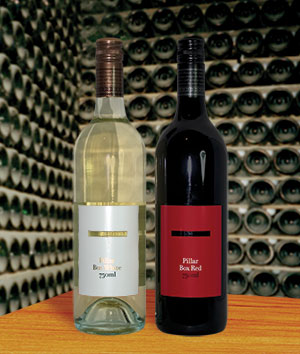
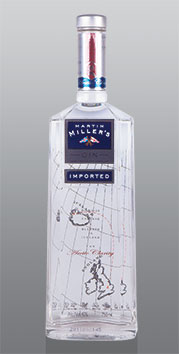
 When it comes to wine aeration, I am an agnostic. I rarely aerate these days, and when I do I usually use a decanter. For me, decanting and waiting an hour or two offers the best chance of improving a wine’s flavor and aroma.
When it comes to wine aeration, I am an agnostic. I rarely aerate these days, and when I do I usually use a decanter. For me, decanting and waiting an hour or two offers the best chance of improving a wine’s flavor and aroma.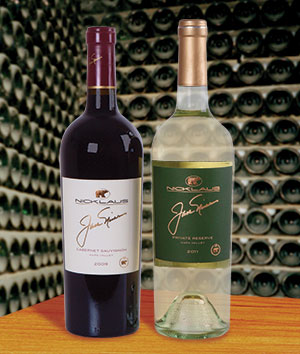
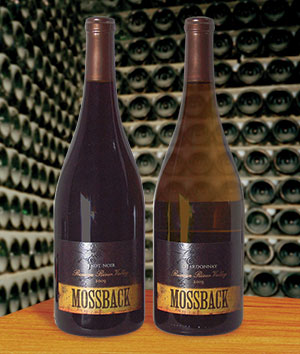 The Russian River AVA sits in the center of northern California’s Sonoma County, and is characterized by a generally cool climate, with sunny days bracketed by fog early and late. This encourages the slow-ripening of fruit, particularly suitable for Chardonnay, Pinot Noir, and Sauvignon Blanc, like these selections from Mossback Winery.
The Russian River AVA sits in the center of northern California’s Sonoma County, and is characterized by a generally cool climate, with sunny days bracketed by fog early and late. This encourages the slow-ripening of fruit, particularly suitable for Chardonnay, Pinot Noir, and Sauvignon Blanc, like these selections from Mossback Winery.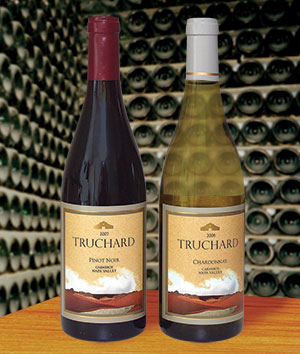 Truchard Vineyards was established in 1974, when native Texans Tony and Jo Ann Truchard purchased a 20-acre parcel of land in Carneros. They transformed what was an abandoned prune orchard into a vineyard, and began selling the fruit to a local winery. Because of the difficult clay soil he had to work with, as well as a dearth of groundwater, Truchard was one of the early adapters of drip irrigation, a practice that was used in Israel for desert farming but not known in California yet. The Truchard Estate Vineyard has since grown to 400 acres, of which 280 are planted.
Truchard Vineyards was established in 1974, when native Texans Tony and Jo Ann Truchard purchased a 20-acre parcel of land in Carneros. They transformed what was an abandoned prune orchard into a vineyard, and began selling the fruit to a local winery. Because of the difficult clay soil he had to work with, as well as a dearth of groundwater, Truchard was one of the early adapters of drip irrigation, a practice that was used in Israel for desert farming but not known in California yet. The Truchard Estate Vineyard has since grown to 400 acres, of which 280 are planted.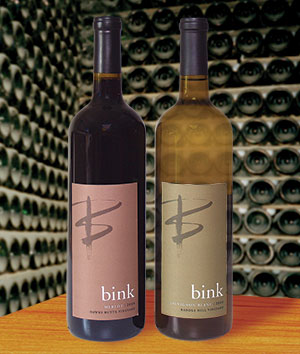 California Girls
California Girls
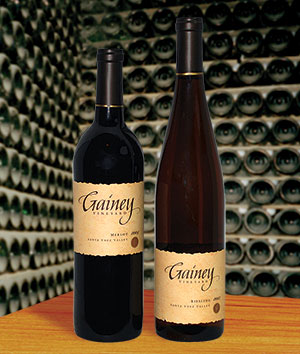 Going to California
Going to California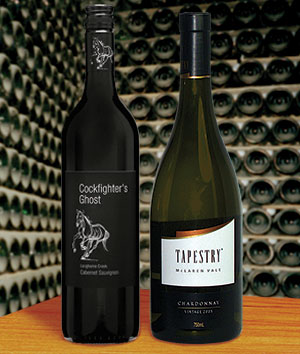
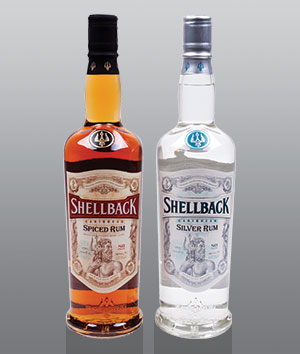 Yo, Ho, Ho, and a Bottle (or two) of Rum
Yo, Ho, Ho, and a Bottle (or two) of Rum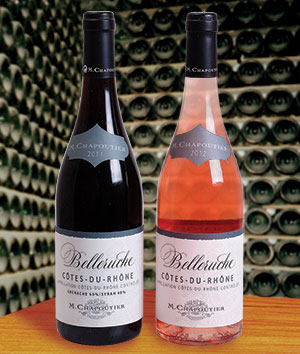 The Rhone Ranger
The Rhone Ranger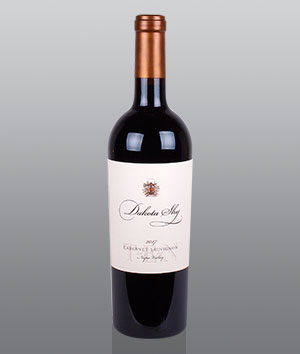 Dakota Shy was founded by industry veterans Todd Newman and Tom Garrett in 2008, determined to ultimately create a world-class estate of their own. They began by sourcing Cabernet Sauvignon grapes from a range of vineyards throughout Napa Valley.
Dakota Shy was founded by industry veterans Todd Newman and Tom Garrett in 2008, determined to ultimately create a world-class estate of their own. They began by sourcing Cabernet Sauvignon grapes from a range of vineyards throughout Napa Valley.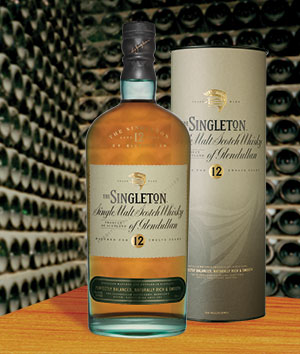 Every once in awhile I like to take a a wee nip of Scotch whiskey just as variety from the grape. So when I received word of this single malt, it seemed like an opportune time to tickle the taste buds. The Singleton of Glendullan is the object of interest here, and a fine example of Scotland’s most famous region for single malts, Speyside.
Every once in awhile I like to take a a wee nip of Scotch whiskey just as variety from the grape. So when I received word of this single malt, it seemed like an opportune time to tickle the taste buds. The Singleton of Glendullan is the object of interest here, and a fine example of Scotland’s most famous region for single malts, Speyside.